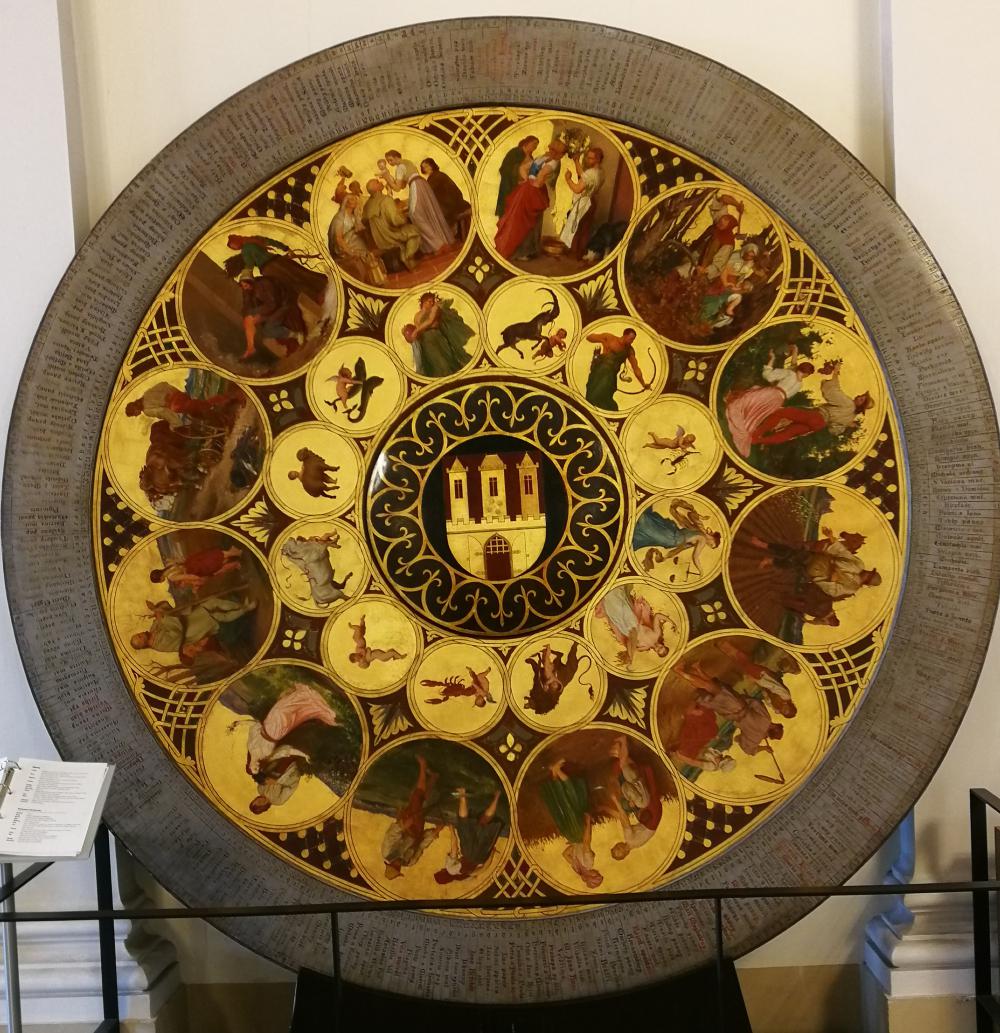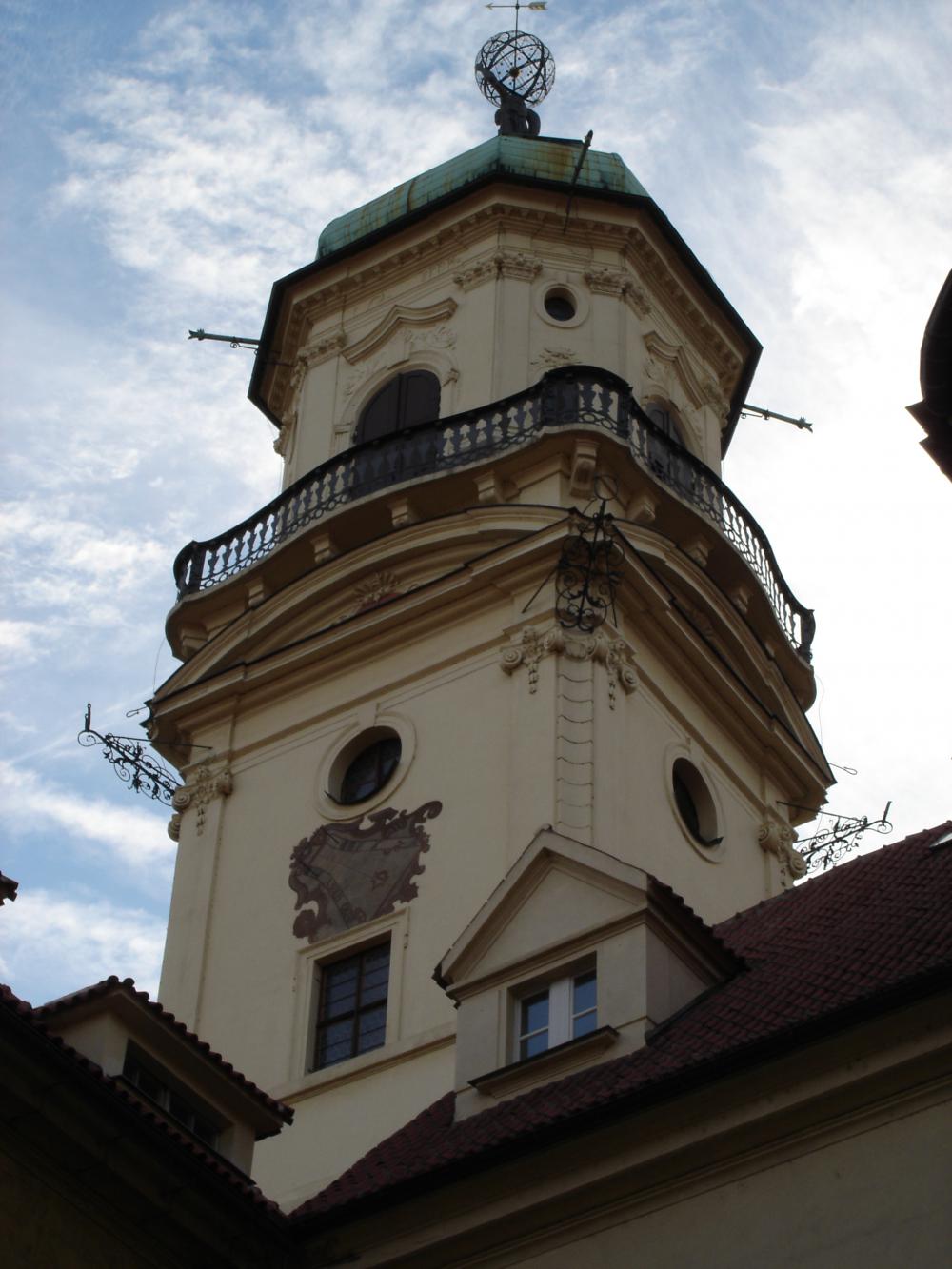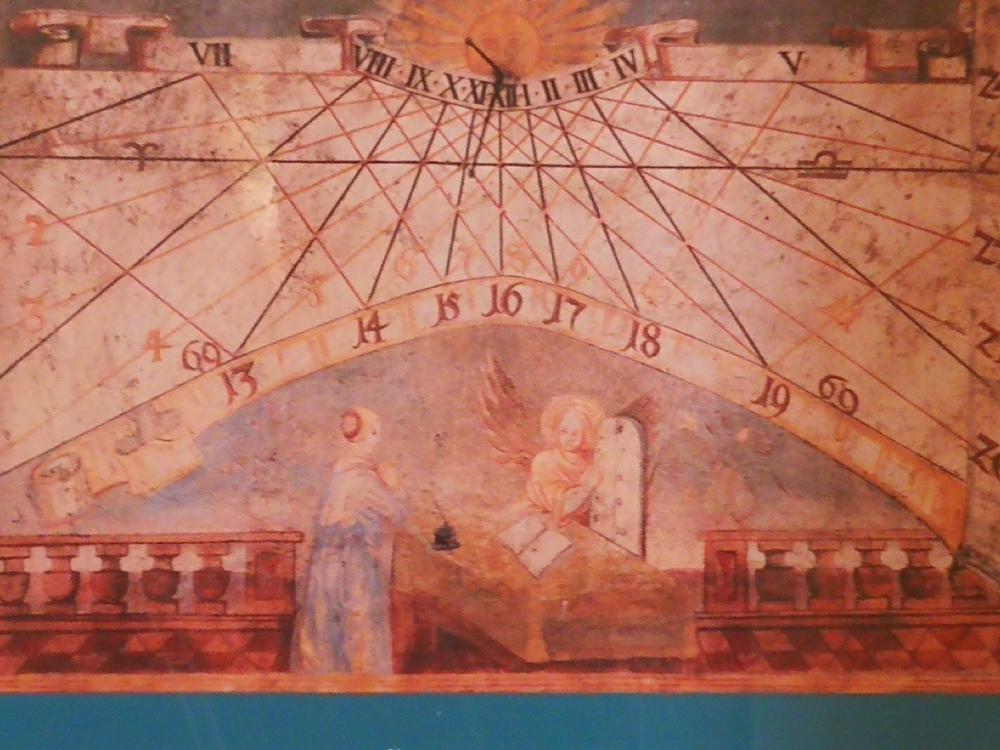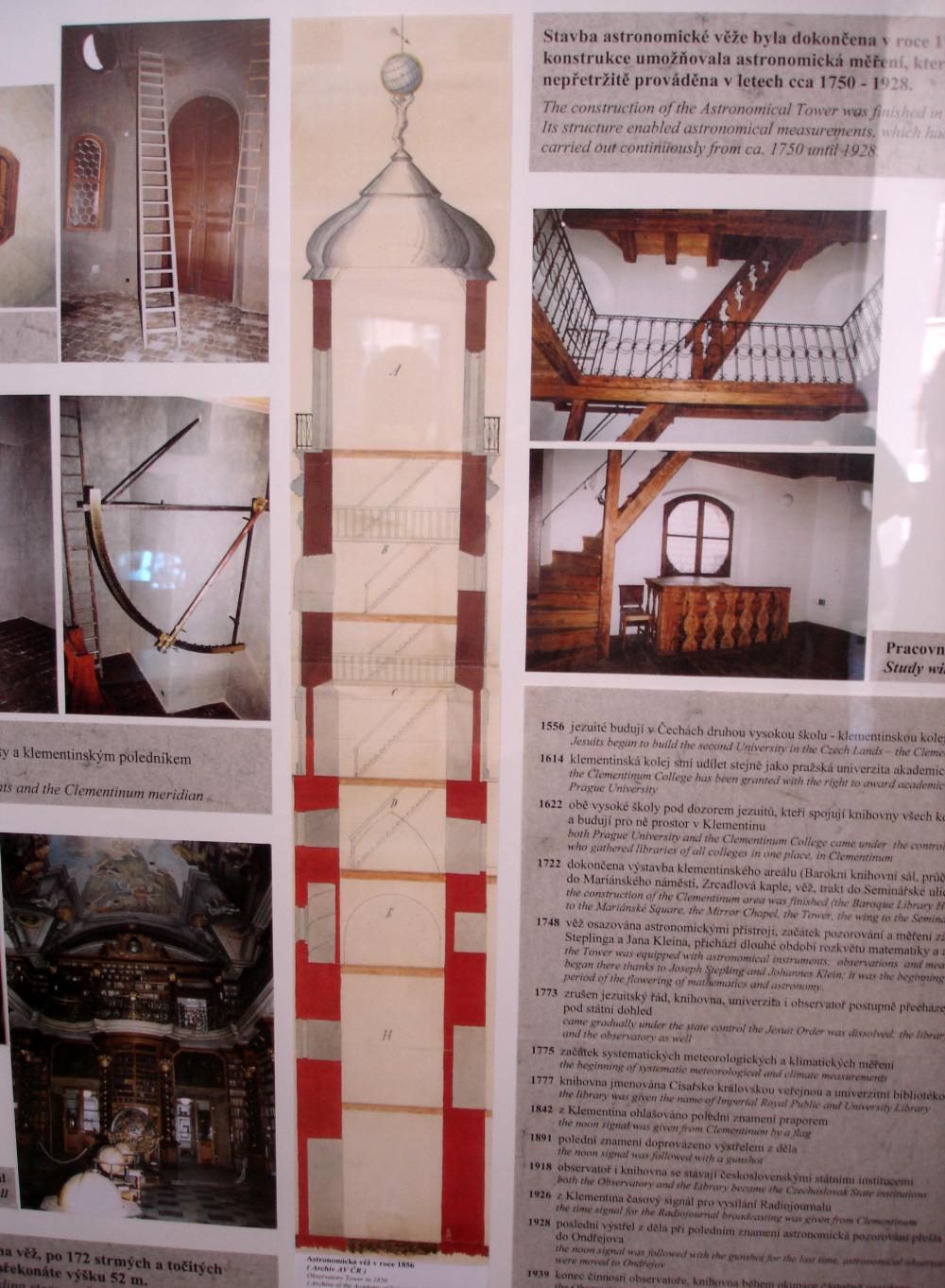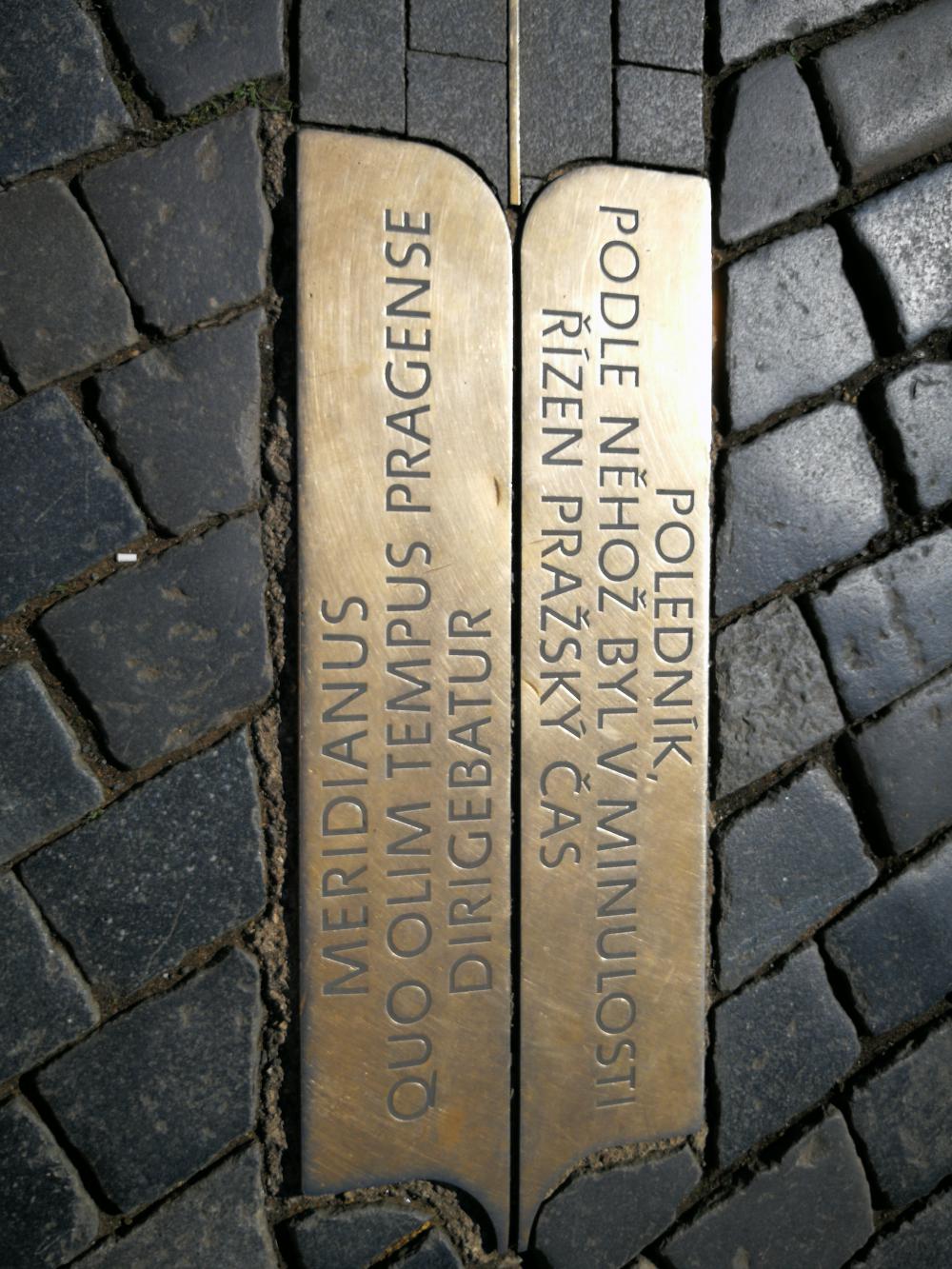
Category of Astronomical Heritage: tangible immovable
Astronomical Tower in Clementinum Prague, Czech Republic

Description
Geographical position
Astronomical Tower in Clementinum (Klementinum), Prague 1,
Karlova ul. 1, Mariánské nám. 5, Central Bohemia, Czech Republic
Location
Latitude 50°05’12" N, 14°24’57" E, Elevation 203m above mean sea level.
IAU observatory code
---
Description of (scientific/cultural/natural) heritage
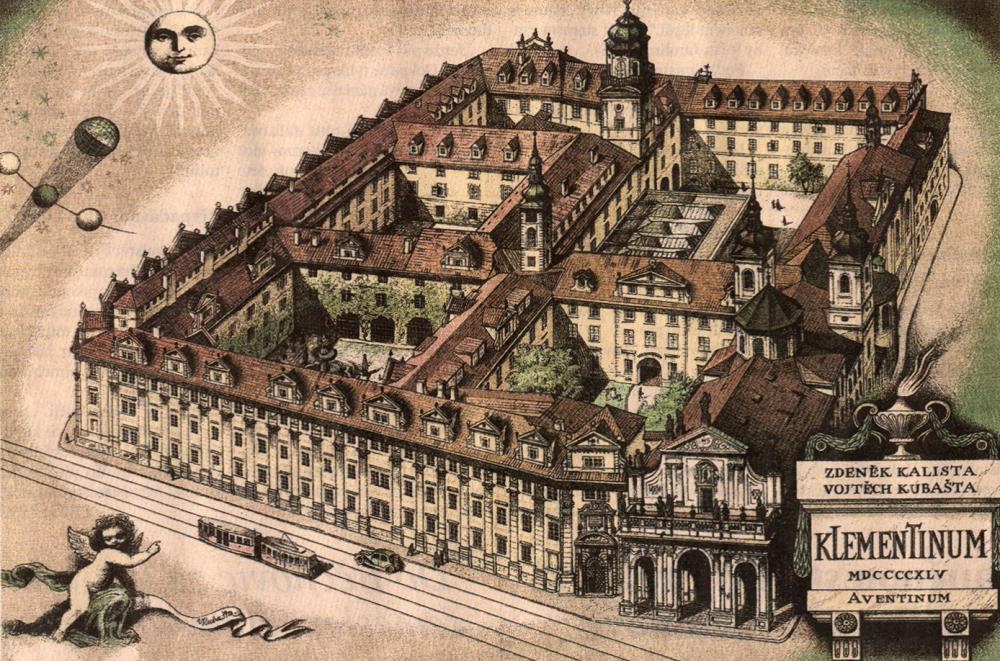
Fig. 1a. Clementinum Prague (Photo: Gudrun Wolfschmidt)
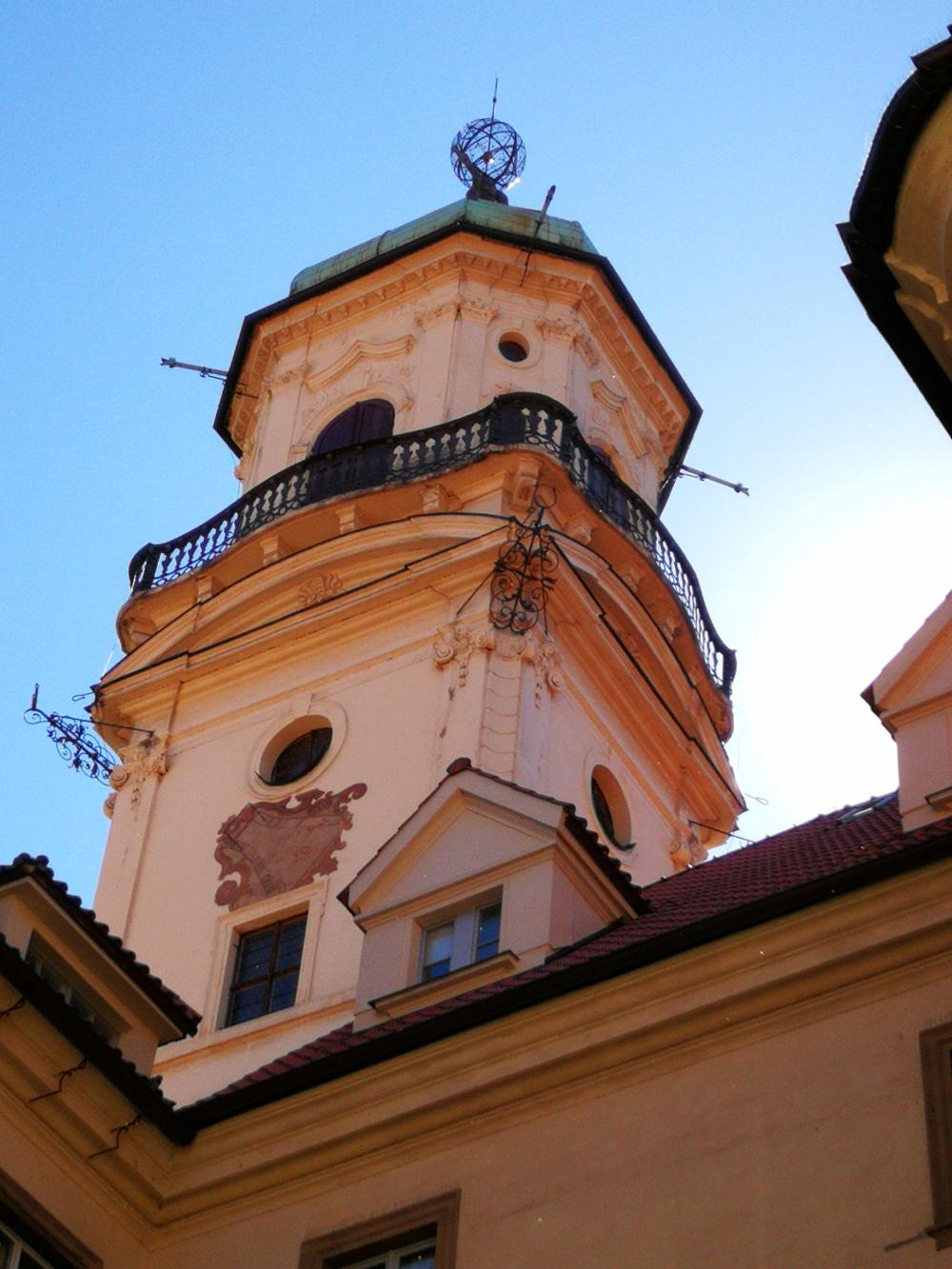
Fig. 1b. Astronomical Tower Clementinum (Photo: Gudrun Wolfschmidt)
The extensive area of the Clementinum, one of the largest building complexes in Europe, was built from the middle of the 16th to the middle of the 18th century, originally as a Jesuit college. The most beautiful hall in the complex is the baroque library with beautiful frescoes -- with the topic science and art -- and historically valuable globes.
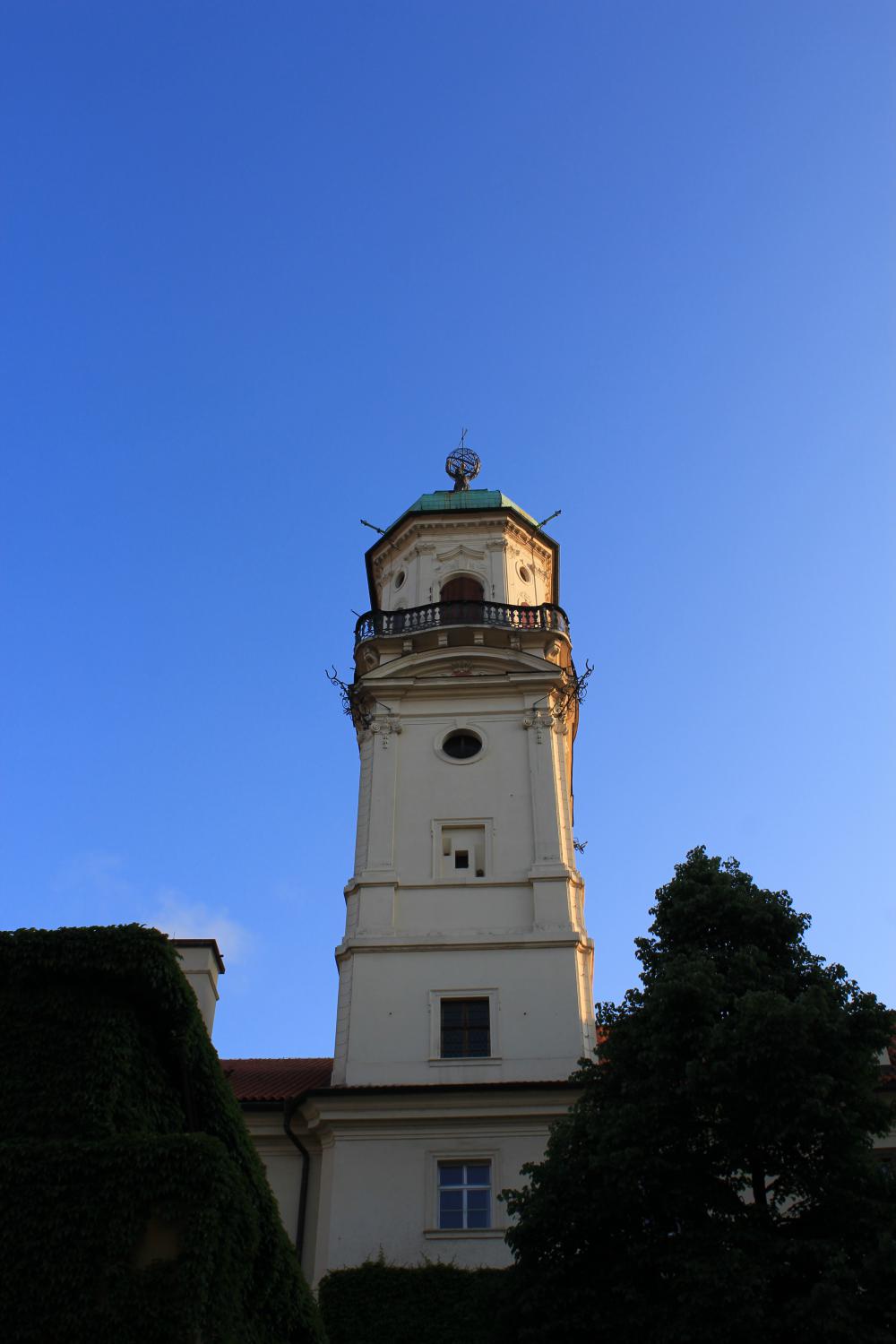
Fig. 2. Astronomical Tower Clementinum (Wikipedia, CC3, Oeyvind Holmstad)
The observatory is in the 68-meter-high tower; you have to climb up 172 stairs of the steep and winding staircase to reach the circuit at a height of 52m. At the cupola of the Astronomical Tower is a large lead statue of Atlas holding an armillary sphere with the golden globe. The tower was built thanks to the university rector František Retz (1673--1750), a Bohemian Jesuit, in 1722.
Jesuit astronomers were able to determine the Prague meridian.
15 sundials can be found in Clementinum.
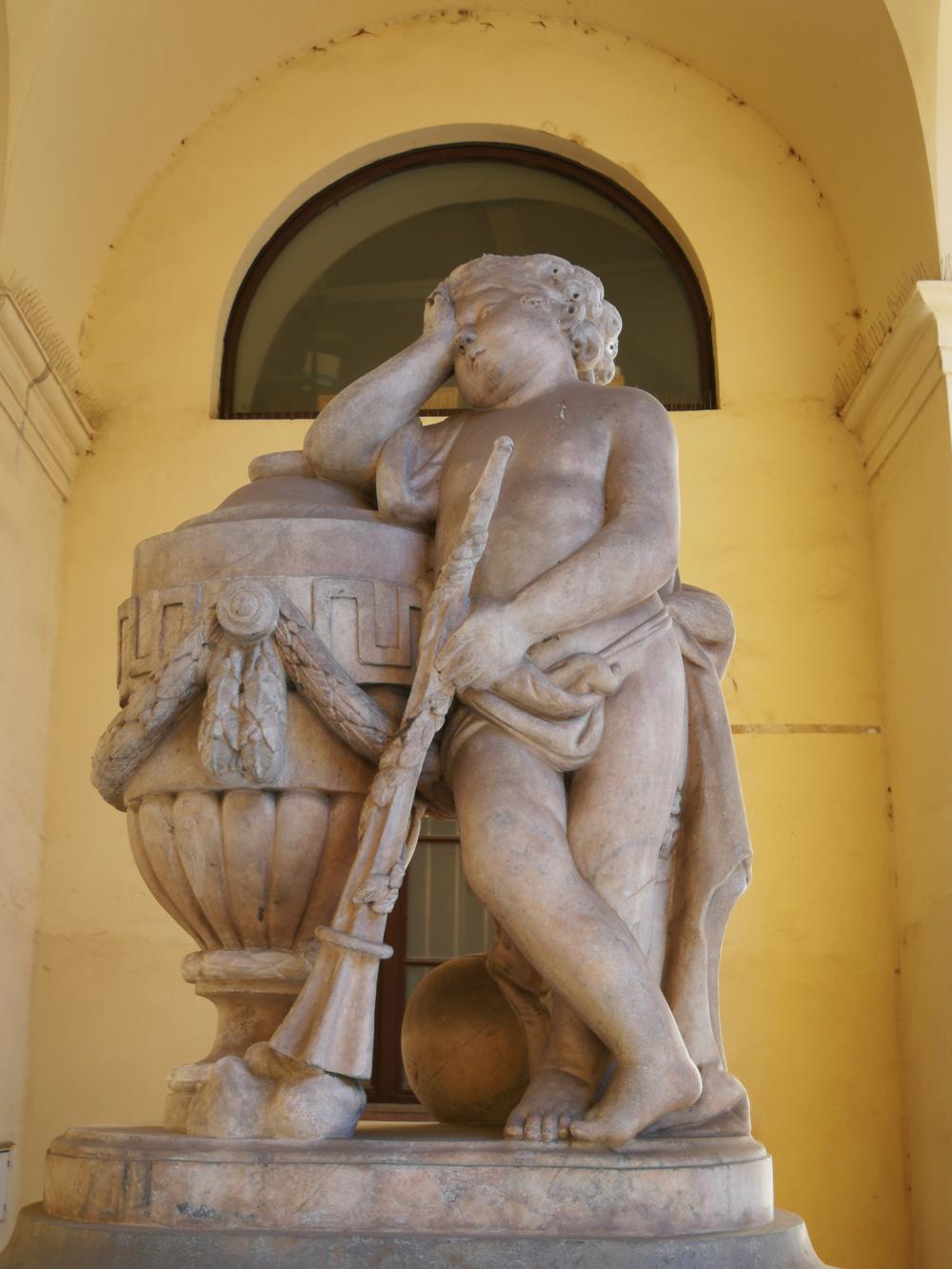
Fig. 3. Clementinum, Stepling Memorial with little Amor, made by Ignaz Franz Platzer (Photo: Gudrun Wolfschmidt)
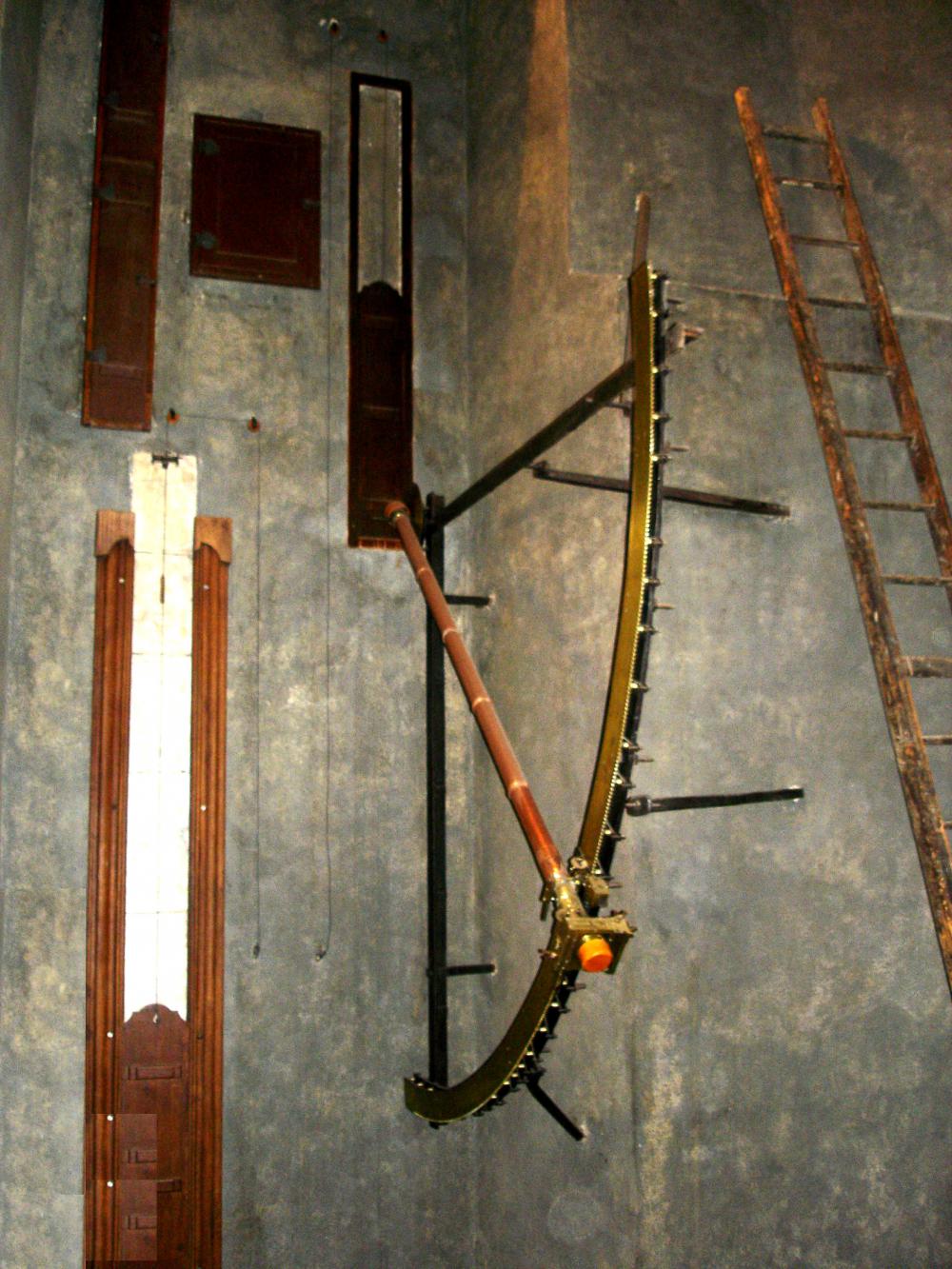
Fig. 3. Clementinum, Meridian Hall with instruments (Photo: Gudrun Wolfschmidt)
Joseph Stepling (1716--1778) was professor of mathematics and physics from 1743 to 1748, when he gave up his professorship because he refused to teach Aristotlian theories. Then in 1753, the study guidelines were changed, and Stepling could offer the theories of Isaac Newton, Christian Wolff, and Leonhard Euler.
Stepling started with surveying in Prague. At his request, an observatory was set up in the Clementinum in 1751, and he became director.
He acquired the best instruments available in his time, some made by Jan Klein. In 1752, Stepling introduced regular meteorological observations in the Clementinum (air pressure, temperature and amount of precipitation), the oldest weather recording in the area of the Czech lands, and in 1775, he started geophysical measurements. He founded in 1770 the Gelehrte Gesellschaft in Prag -- similar to the rules of the Royal Society of London with monthly meetings. A number of students became later famous.
The Meridian Hall is located on the 2nd floor of the tower. This unique space was previously used for timekeeping, to determine the time of noon. The original astronomical instruments are exhibited at the walls of the Meridian Hall. Later, from 1842 to the 1928, the astronomers informed Prague people about high noon by waving a flag from the tower. A cannon shot was added later. After 1928, the flag was replaced by a radio signal.
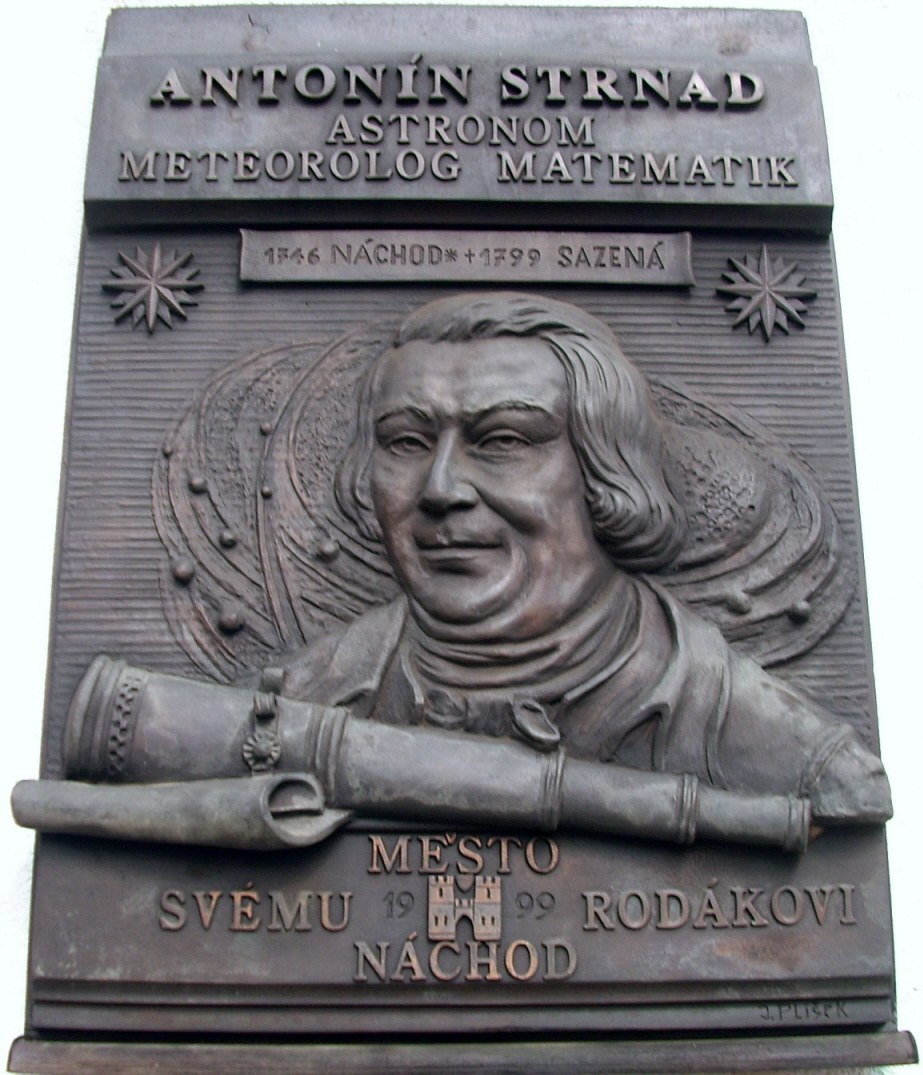
Fig. 4. Clementinum, Antonín Strnad (1746--1799) (Wikipedia, CC4, Elslavco)
Anton(ín) Strnad(t) (1746--1799), Bohemian mathematician, astronomer and meteorologist and director of the observatory, started various meteorological and climate measurements in 1775. Since then the measurements are taken regularly, which makes it the longest uninterrupted observation of the climate in the world.
In the 1780s, Strnad made great contributions to the maintenance and repair of the Astronomical Clock (Strnadt 1791) at the Old Town Hall, which was in extremely bad condition at that time.
Strnad was involved in the establishment of the Royal Bohemian Society of Sciences, which he chaired in the years 1787--1788.
He was a member of the Mannheim International Meteorological Society (see Wolfschmidt 2020), which carried out weather observations worldwide and published the corresponding
results.
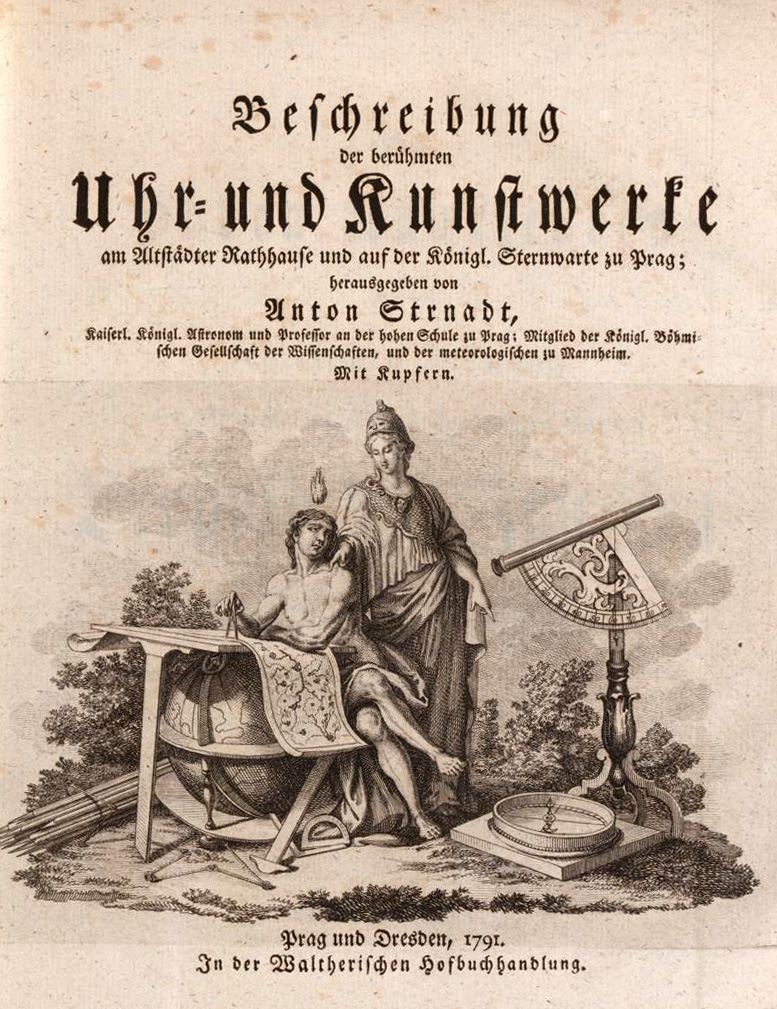
Fig. 5a. Anton Strnadt: Uhr- und Kunstwerke (1791) (ETH 36696)
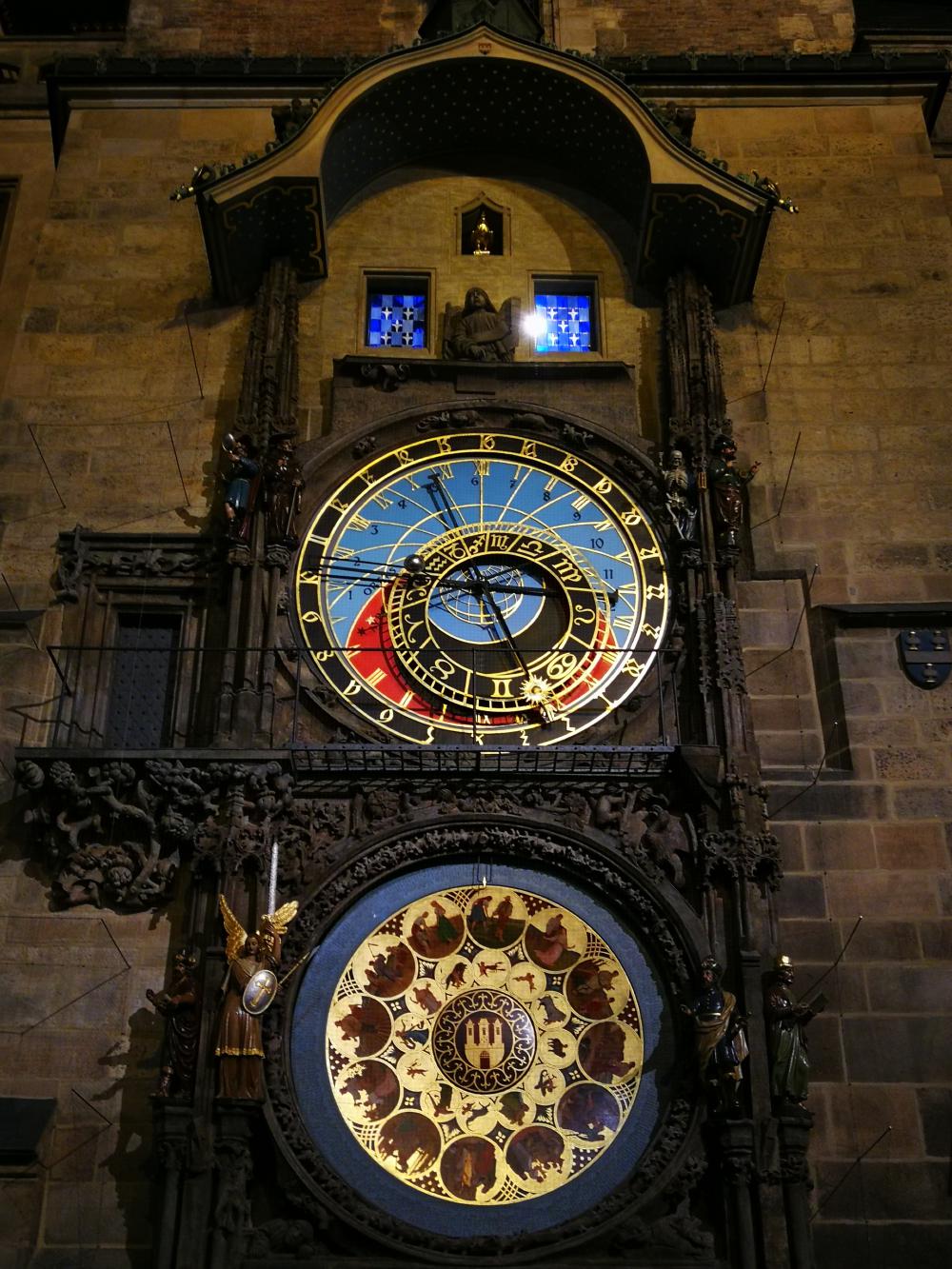
Fig. 5b. Astronomical Clock Prague (Photo: Gudrun Wolfschmidt)
The Astronomical Tower served for astronomical observations until the 1930s, then astronomers moved to the new observatory in Ondřejov Observatory.
History
First the Astronomical Tower was used only as a view tower, since the mid-18th century the tower was equipped with astronomical instruments, designed by drawings of Jan (Johannes) Klein (1684--1762), professor of mechanics, astronomer and instrument / clock maker. Jesuits scholars and their students used the tower for astronomical and meteorological observations.
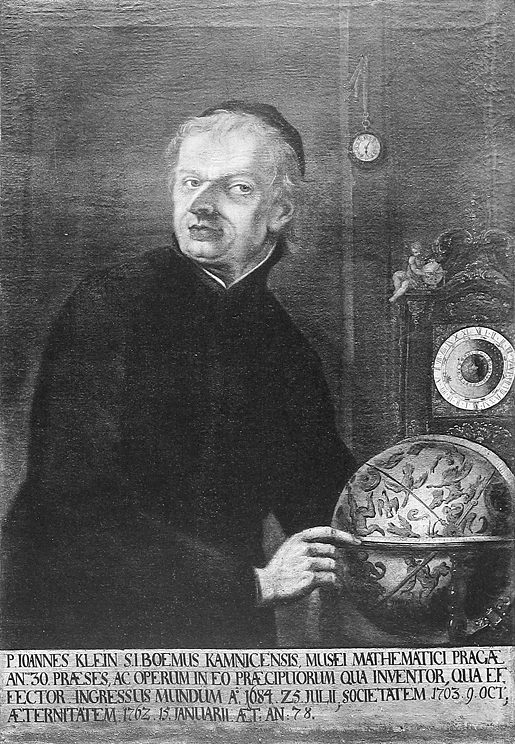
Fig. 5a. Jan (Johannes) Klein (1684--1762) (Wikipedia)
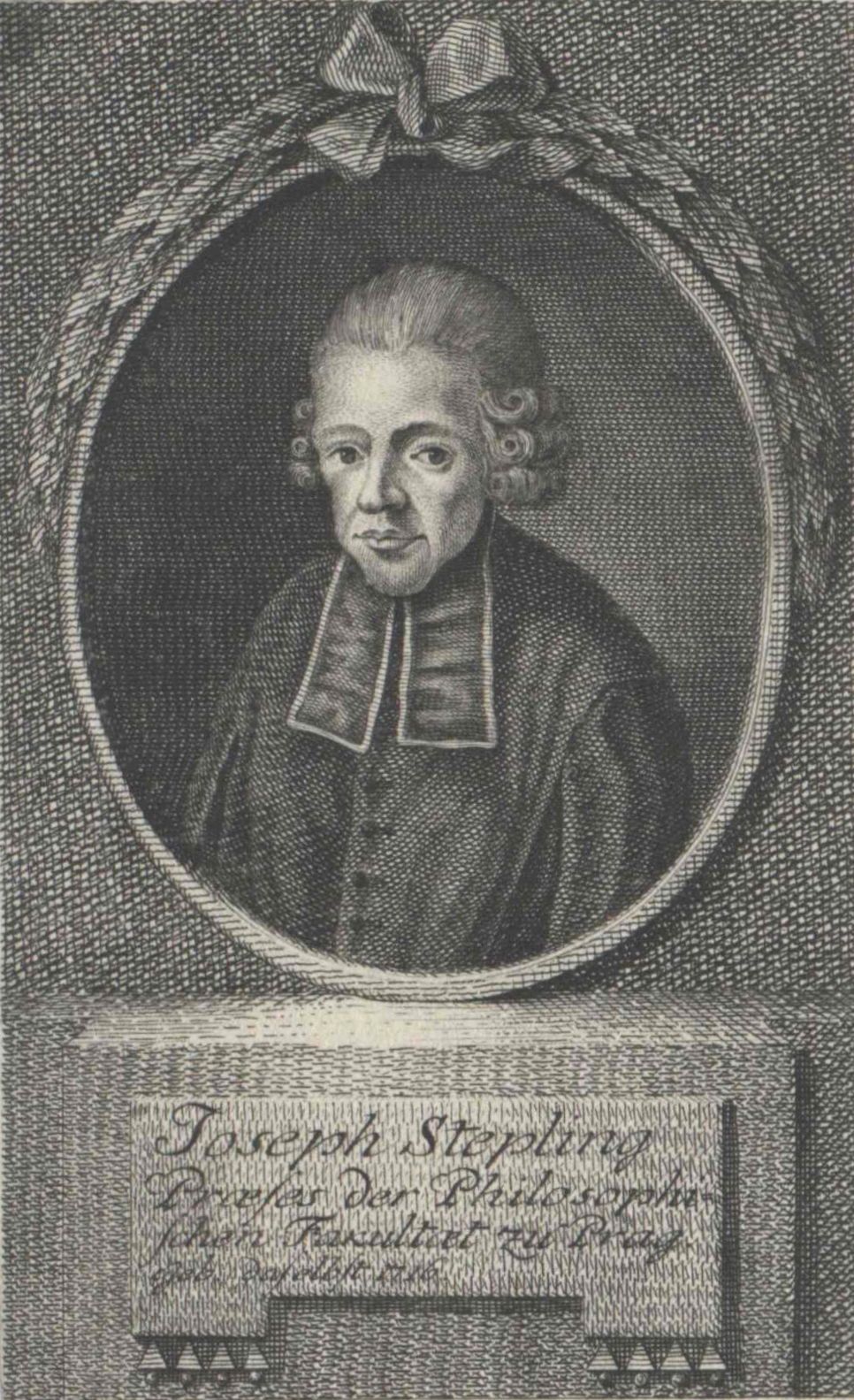
Fig. 5b. Joseph Stepling (1716--1778) (Wikipedia)
Jesuit Astronomers in the 18th century:
Jan (Johannes) Klein (1684--1762)
Joseph Stepling (1716--1778)
Stanislav Vydra (1741--1804)
Jan (Johannes) Tesánek (1728--1788),
Anton(ín) Strnad(t) (1746--1799)
Franciscus Zeno (1734--1781)
The Jesuit order came to Prague in 1556 at the invitation of Emperor Ferdinand. The Jesuits received a former Dominican monastery from the emperor, in which they were supposed to set up a university to compete with the utraquist Charles University. The Clementinum received university rights as early as 1562. In addition to classrooms and bedrooms for the community, the Jesuits also built a library, a print room, a pharmacy, theater and of course churches. In 1622, the Jesuits transferred the library of Charles University to the Clementinum.
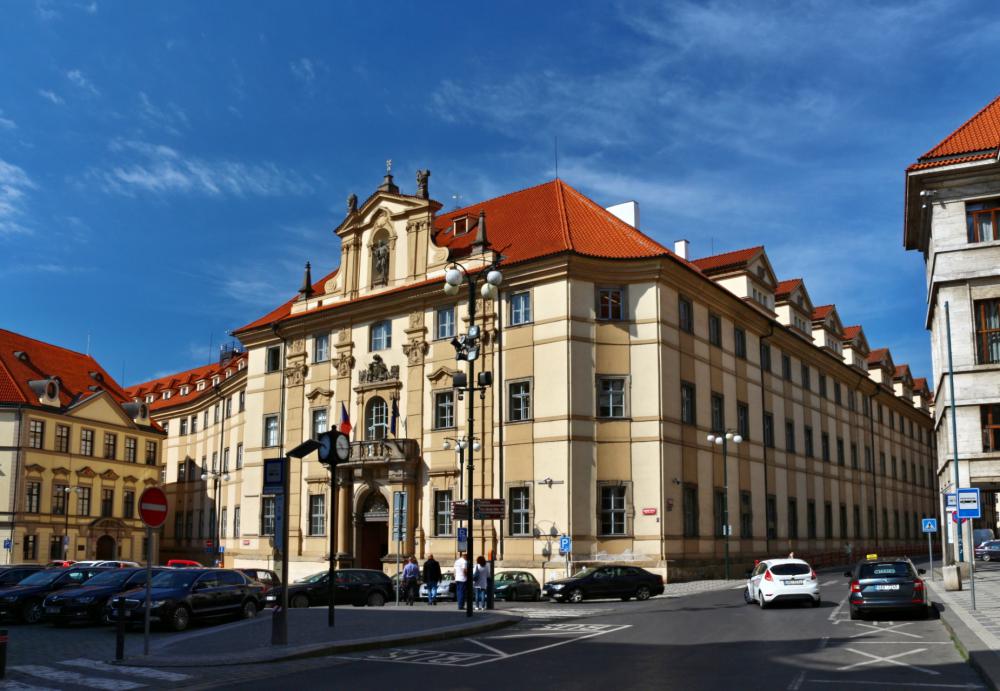
Fig. 6a. Clementinum, Mariánské nám. (Wikipedia, CC4, VitVit)
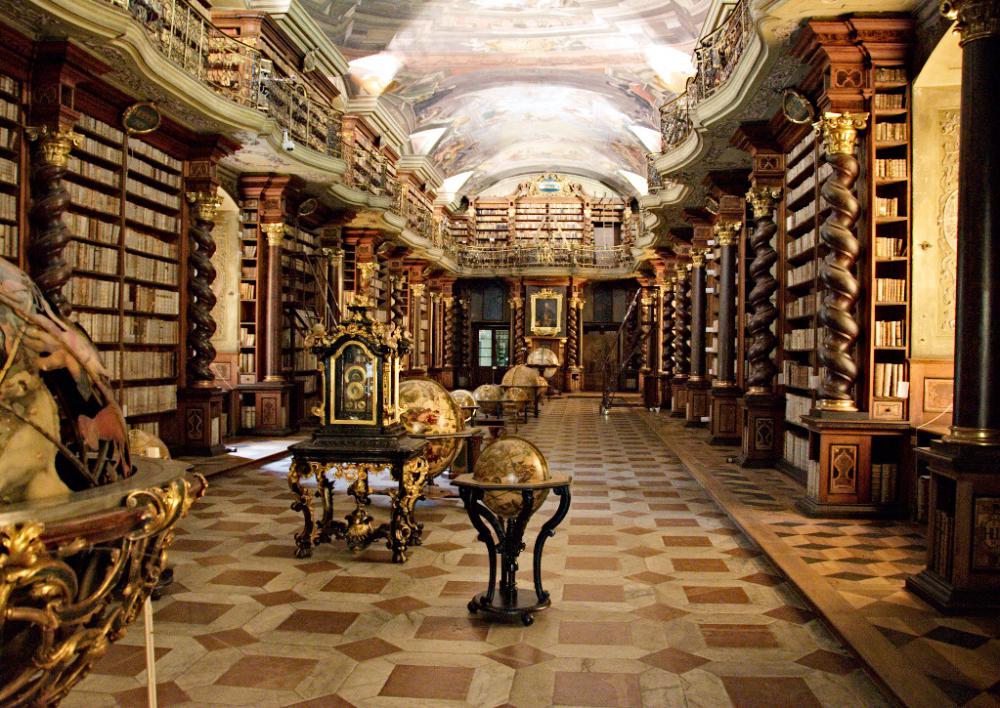
Fig. 6b. Clementinum Library (Wikipedia, CC2, Bruno Delzant)
The Clementinum was merged with the Charles University in 1654, along with its library collection (material pertaining to Tycho Brahe). The newly established Charles-Ferdinand University (Universitas Carolo-Ferdinandea) in Clementinum housed philosophical and theological faculties. The Jesuits had to leave Clementinum after the Jesuit order was disestablished in 1773, but the university remained.
After the division of the university into Czech and German parts in 1882, only the Czech part stayed. In 1930, the philosophical faculty moved into a new building, and the Clementinum became the seat of the National Library. Very remarkable is the Baroque Library Hall with the valuable collections and Baroque frescoes.
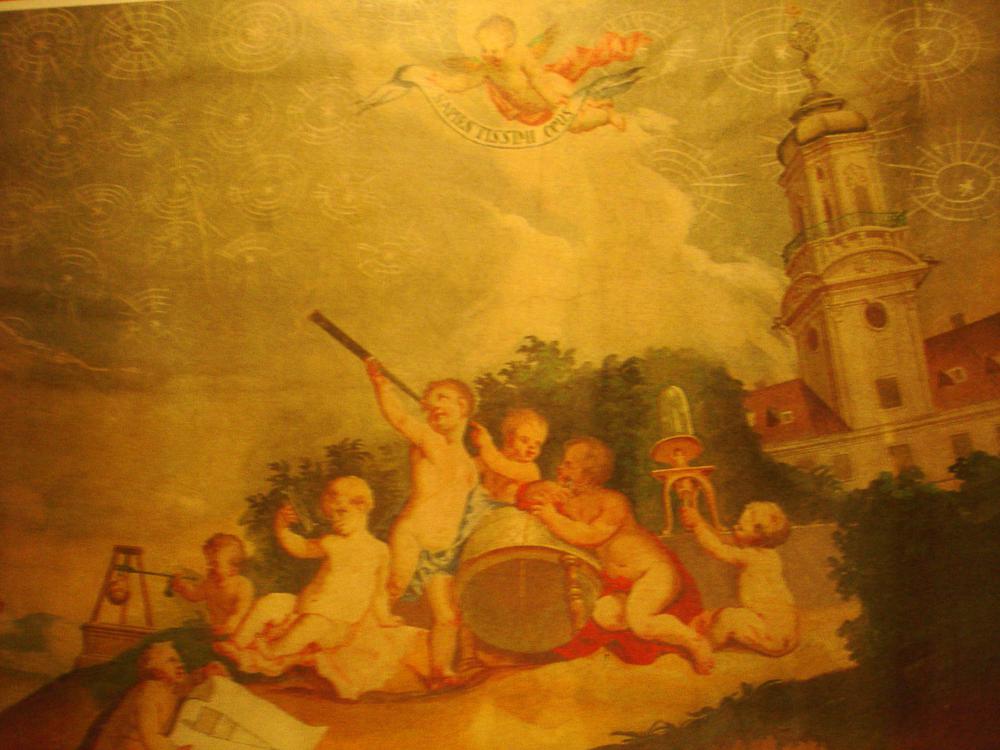
Fig. 6c. Prag, Clementinum, Baroque frescoes (Photo: Gudrun Wolfschmidt)
State of preservation
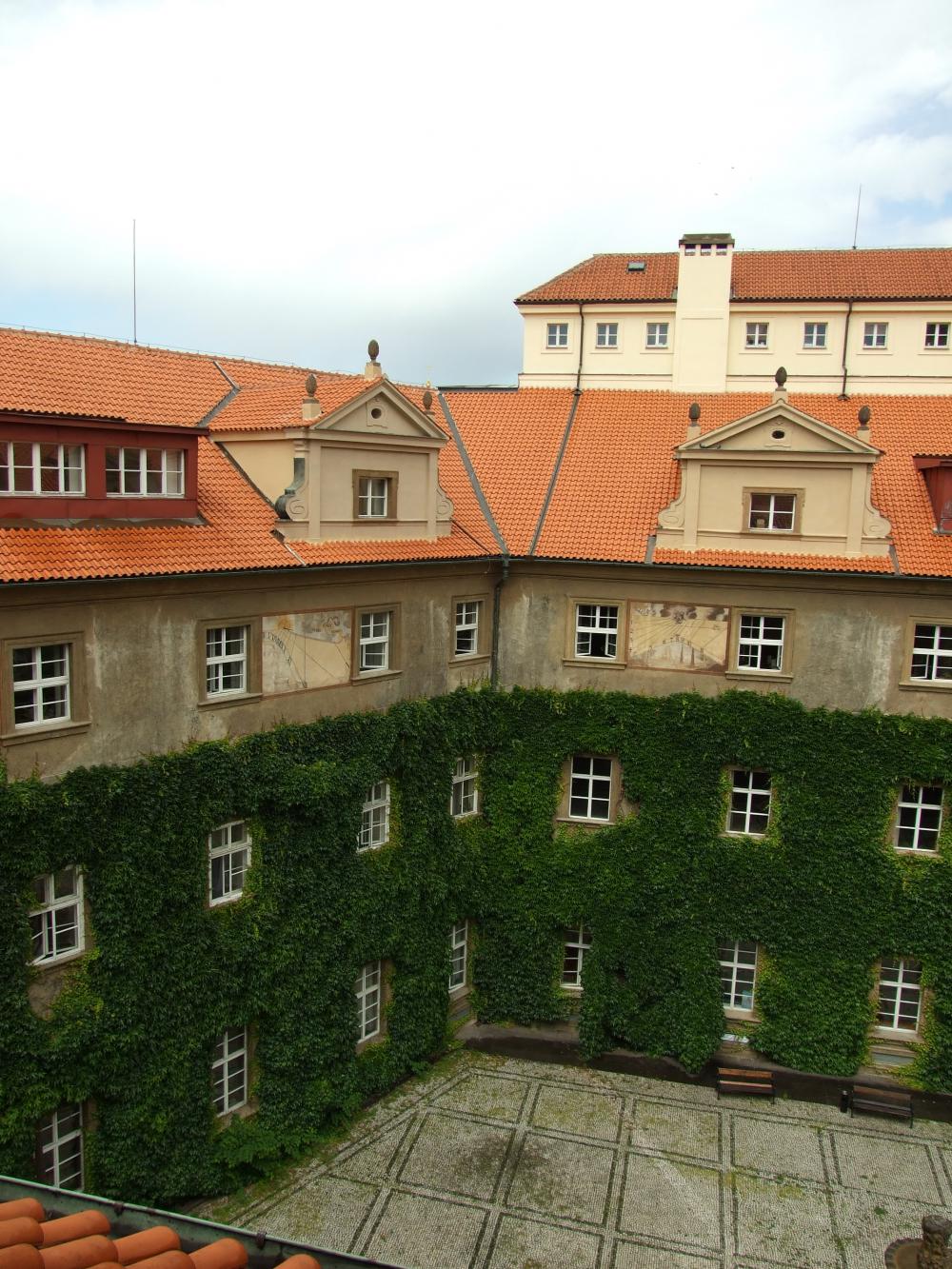
Fig. 7a. Clementinum Slavonic Library Court with Sundials (Wikipedia, CC3, Aktron)
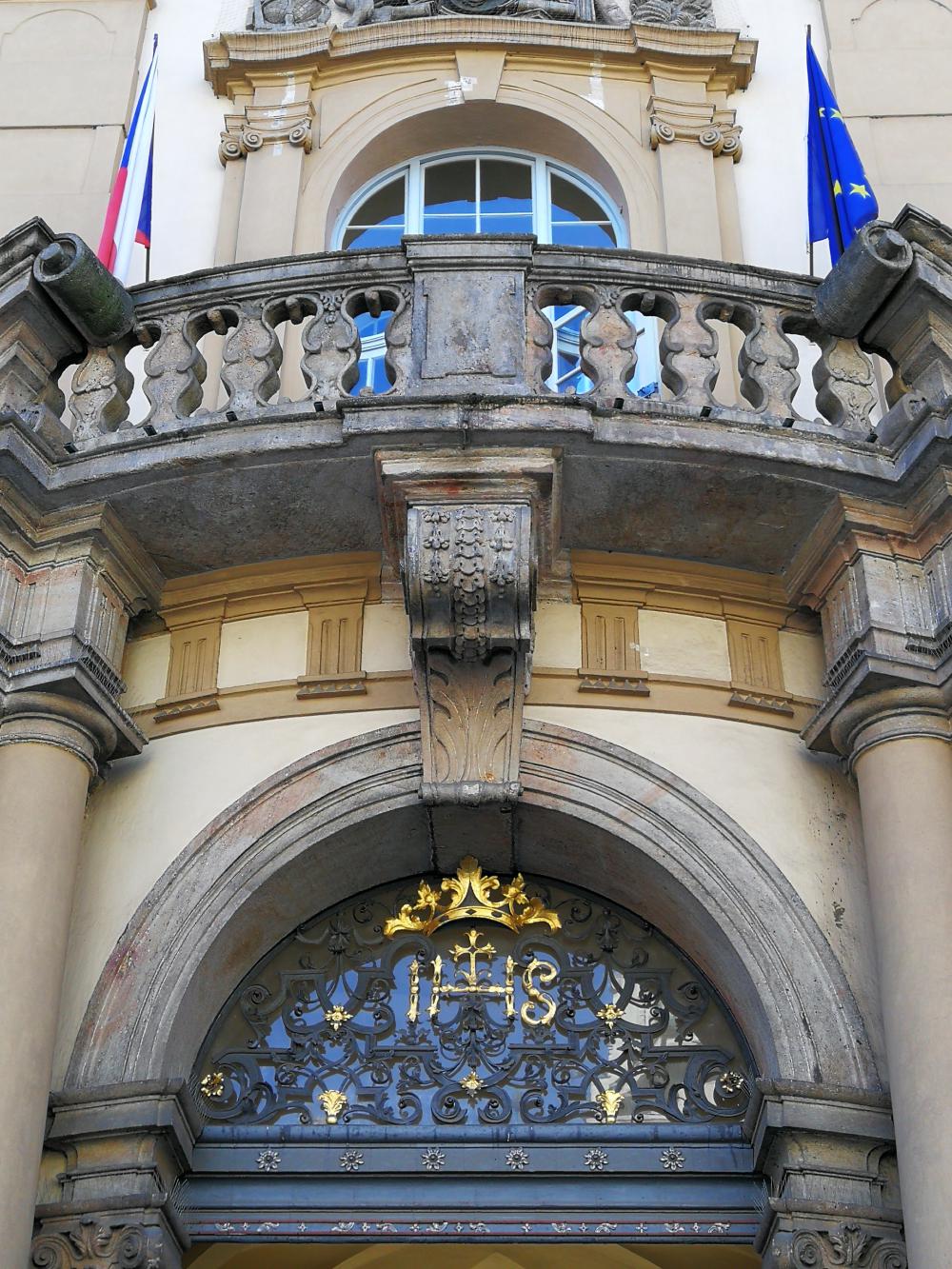
Fig. 7b. Clementinum, Mariánské nám. (Photo: Gudrun Wolfschmidt)
The building complex, covering 20,000 square metres -- the second largest complex of buildings after the Prague Castle, has been listed as the National Cultural Monument of the Czech Republic since November 15, 1995 (ÚSKP 175, Monument catalogue, Novomestská jezuitská kolej s kostelem sv. Ignáce, pamatkovykatalog.cz). In 2005, the Czech National Library received the UNESCO Memory of the World prize.
Many nice sundials are preserved in the Clementinum.
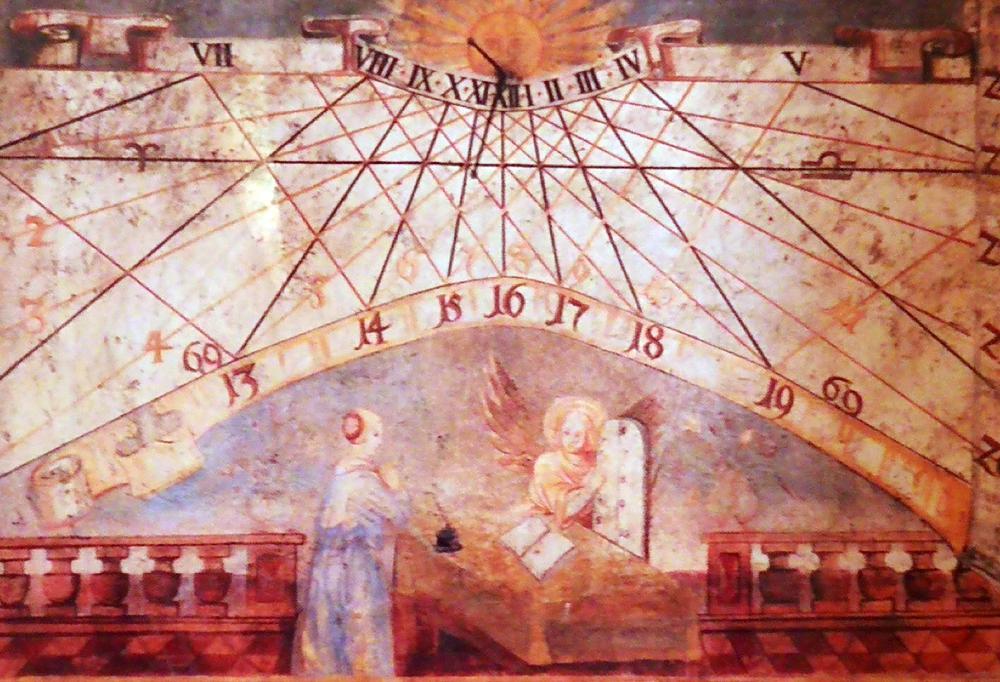
Fig. 7c. Sundials in the Clementinum (Photo: Gudrun Wolfschmidt)
Comparison with related/similar sites
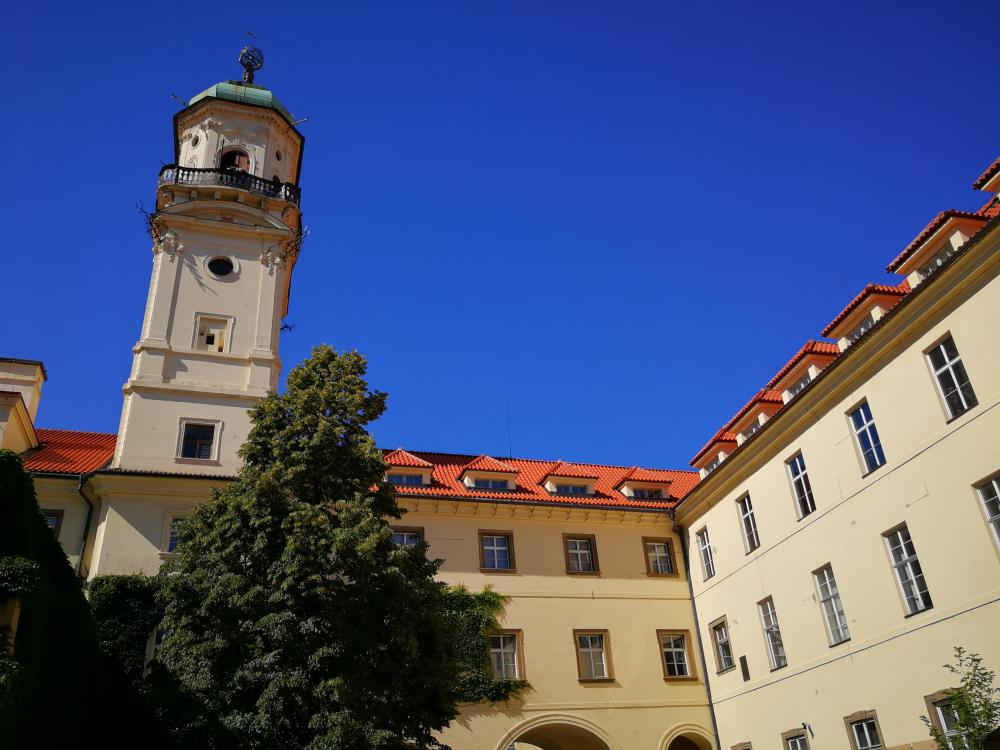
Fig. 8. Astronomical Tower, Clementinum (Photo: Gudrun Wolfschmidt)
The Clementinum was the third largest Jesuit college in the world.
The Astronomical Tower Clementinum Prague (1722) can be compared with the Baroque Tower Observatories in 18th century like Akademie Sternwarte Marstall Berlin, Zwehrenturm in Kassel (1710), in Italy "Specola" Specola - Bologna Observatory (1712), Old Vienna Academy Observatory -- tower on the top (1755), Osservatorio Astronomico di Brera of the Jesuits in Milano (1762), Padova (Padua) Observatory (1767), Mannheim Observatory (1772).
Very large tower observatories are:
Kremsmünster, Austria (1749), Mathematical Tower of the University Breslau / Wrocław (1791), Bogotá Observatory, Columbia (1803).
Threats or potential threats
no threats
Present use
Today -- already since 1781 (the time of Maria Theresia) -- the Clementinum is the seat of the Národní Knihovna Ceské Republiky, the National Library of the Czech Republic.

Fig. 9. Prague -- view from Clementinum (Wikipedia, CC3, Morn)
The Astronomical Tower was restored several years ago and opened to the public. Besides the original astronomical instrumentation, visitors can admire the splendid view of the city of Prague.
Already in 1751, when Joseph Stepling (1716--1778) was director, a mathematical-astronomical museum was opened.
After Czechoslovakia gained its independence from the Austro-Hungarian Empire, the institute was renamed the State Astronomical Observatory. In 1940, it was moved to an apartment building in Prague-Vinohrady (Budečská Street). In 1953, it was merged with the Ondřejov Observatory in order to create the Astronomical Institute of the Czech Academy of Sciences.
Astronomical relevance today
In the building complex of Clementinum, you find since 1953 the Astronomical Institute of the Academy of Sciences of the Czech Republic.
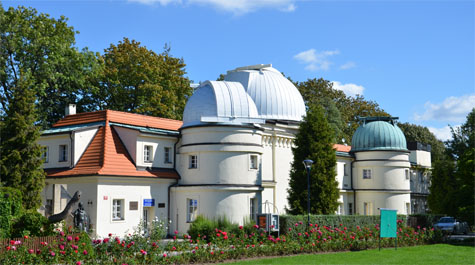
Fig. 10a. Štefanik Observatory, Laurenziberg Prague (Wikipedia, A. Savin)
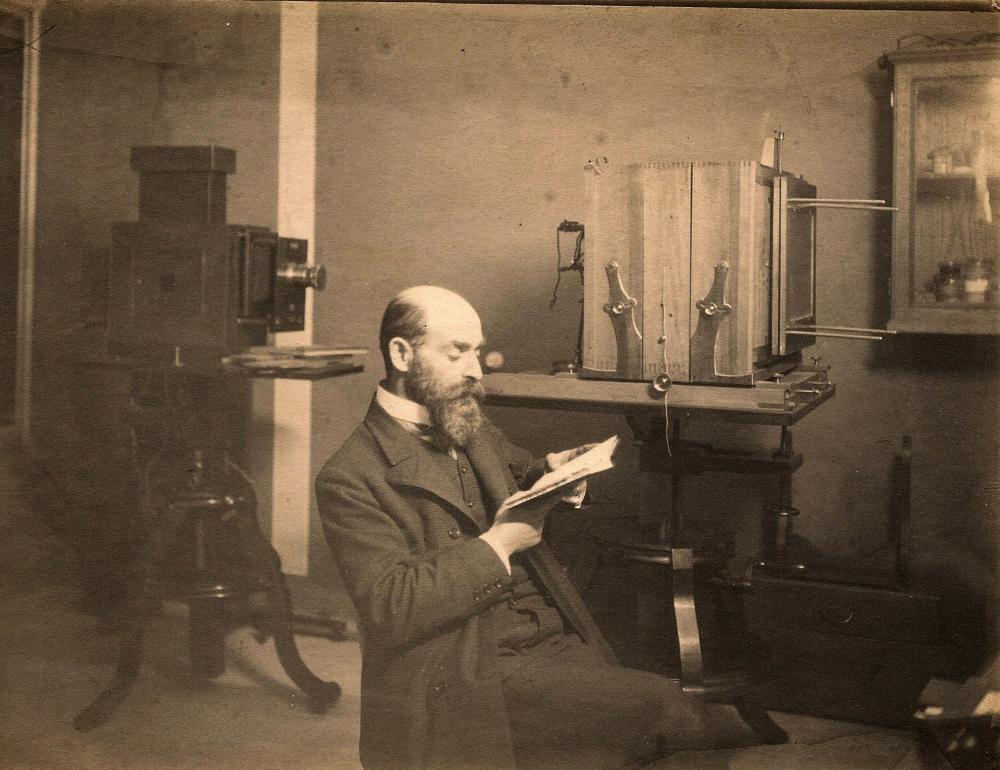
Fig. 10b. &Rudolf König (1865--1927), Wien (Wikipedia, CC3, Philippeberenguier)
Štefánik Observatory:
In 1928, another astronomical observatory with three domes was built on the Laurenziberg, named after the solar astronomer Milan Rastislav Štefanik (1880--1919) -- Observatory code 541 (Latitude 50°04┬┤52"N, Longitude 14°23┬┤54"E, Altitude 321m).
- Western Dome: 37-cm-Maksutov-Cassegrain (1976)
- Main Dome: Double Zeiss Astrograph (1907), named after the Viennese selenographer Rudolf König (1865--1927).
- Eastern dome: 40-cm-Reflector, Meade (1999), used for scientific observations of variable stars and exoplanet transits.
This Štefánik Observatory is since 1979 a part of the (Public) Observatory and Planetarium of Prague ("Planetum").
References
Bibliography (books and published articles)
- Bělohlávek, Vlastimil: The Meteorological Tradition of Prague, Czechoslovakia. In: Bulletin of the American Meteorological Society 58 (1977), 10, p. 1056--1057 (doi:10.1175/1520-0477-58.10.1056).
- Dolz, Wolfram; Schardin, Joachim; Schillinger, Klaus & Helmut Schramm: Uhren -- Globen -- wissenschaftliche Instrumente. Dresden: Karl M. Lipp Verlag 1993, S. 113.
- Eberhard, Winfried: Geschichtliche Einführung. In: Bahlcke, Joachim; Eberhard, Winfried & Miloslav Polívka (Hg.): Handbuch der historischen Stätten. Band: Böhmen und Mähren. Stuttgart: Kröner (Kröners Taschenausgabe; Band 329) 1998.
- Günther, Siegmund: Stepling, Joseph. In: Allgemeine Deutsche Biographie (ADB), Band 36. Leipzig: Duncker & Humblot 1893, S. 102 f.
- Günther, Siegmund: Strnad, Anton. In: Allgemeine Deutsche Biographie (ADB), Band 36. Leipzig: Duncker & Humblot 1893, S. 600 f.
- Hadrava, Alena & Petr Hadrava: Astronomy in medieval Prague. In: Wolfschmidt, Gudrun & Martin Šolc: Astronomy in and around Prague. Acta Universitatis Carolinae - Mathematica et Physica, Vol. 46, Supplementum (2005).
- Kašparová, Jaroslava & Karel Macák: Utilitas matheseos. Jezuitská matematika v Klementinu (1602--1773). Jesuit mathematics in the Clementinum (1602--1773). Prague: Národni Knihovna Ceské Republiky 2002.
- Michal, Stanislav: Astronomische Kunstuhren von Johannes Klein. In: Klassik Uhren 2 (1996), Ulm: Ebner Verlag, p. 42 f.
- Paces, Vaclav: Transformation of Research in the Czech Republic. The New Role of the Academies of Sciences in the Balkan Countries. In: NATO ASI Series 16 (1997), p. 193--199 (doi:10.1007/978-94-009-1469-8_20)
- Šíma, Zdislav: Astronomie a Klementinum (Astronomy and Clementinum). Prague: Narodní Knihovna Ceské Republiky 2001.
- Schuppener, Georg: Jesuitische Astronomie in Prag. Ein Überblick. In: Acta Universitatis Carolinae. Mathematica et Physica, Vol. 46 (2005), Supplementum, S. 153--172 (http://dml.cz/dmlcz/143832).
- Udías, Agustín: "Jesuits’ Contribution to Meteorology." In: Bulletin of the American Meteorological Society 77 (October 1996), no. 10, 2307--2315.
- Udías, Agustín: Searching the Heavens and the Earth: The History of Jesuit Observatories. Dordrecht: Kluwer Academic (Springer Science & Business Media) 2013.
- Weinek, Ladislaus: Astronomische Beobachtungen an der K.K. Sternwarte zu Prag. Prag 1907, S. 78 und 149, Sternwarte zu Prag.
- Wolfschmidt, Gudrun: Internationalität in der astronomischen Forschung vom 17. bis zum 21. Jahrhundert. In: Wolfschmidt, Gudrun (Hg.): Internationalität in der astronomischen Forschung (18. bis 21. Jahrhundert). Internationality in the Astronomical Research (18th to 21st Century). Hamburg: tredition (Nuncius Hamburgensis; Vol. 49) 2020, p. 22--115.
Links to external sites
- Clementinum in 3D - Astronomy and Clementinum in 3D - Meridian Hall
- National Czech Monument catalogue, Information on monuments and protected areas in the records of the Central List of Cultural Monuments, ÚSKP 175, Novomestská jezuitská kolej s kostelem sv. Ignáce
- Strnadt, Anton: Beschreibung der berühmten Uhr- und Kunstwerke am Altstädter Rathhause und auf der Königl. Sternwarte zu Prag. Prag, Dresden: Walthersche Buchhandlung 1791.
- Prague -- Clementinum: Brief History of Meteorological Measurements
- List of Jesuit sites
- List of early modern universities in Europe
- Kleinovy hodiny (The Clocks of Johannes/Jan Klein)
- Štefánik Observatory (Štefánik hvězdárna), Laurenziberg Prague (*1928), Petřín 205, 118 46 Prague 1.
- Štefánik Observatory (Štefánik hvězdárna), Laurenziberg Prague, Strahovská 205, 118 00 Praha 1- Malá Strana.
- Rudolf König (1865--1927)
No multimedia content published
Currently there is no multimedia content published for this case study







